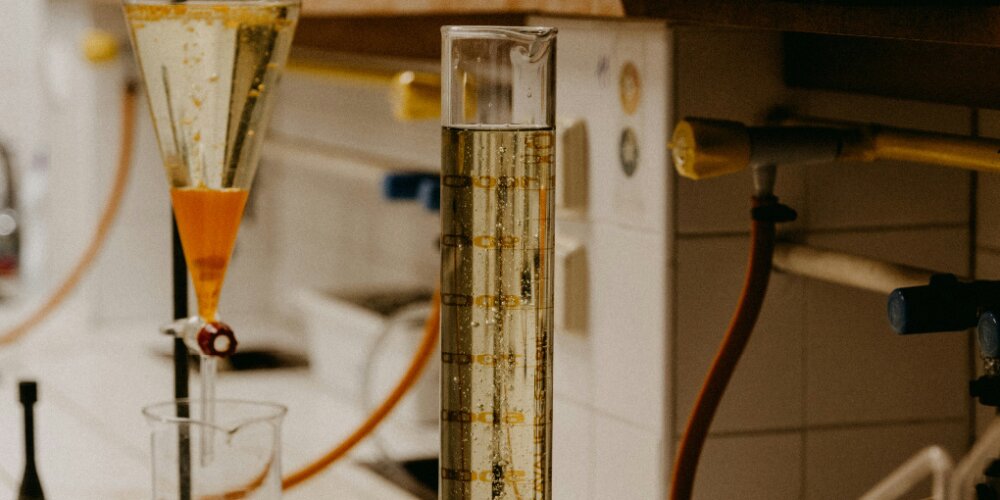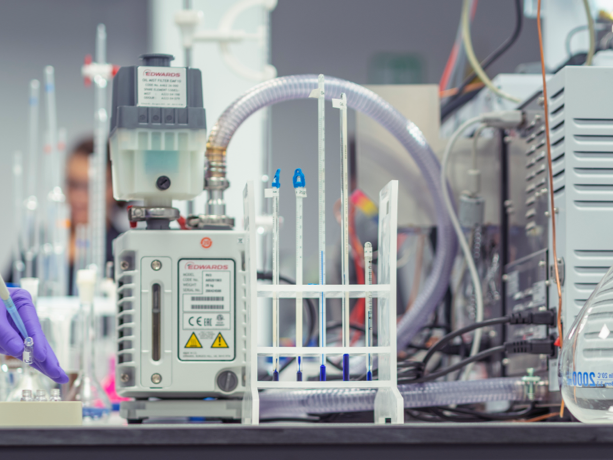Researchers Propose New Chemical Reaction to Remove and Bind Carbon Dioxide From the Atmosphere

Finding effective ways to reduce the amount of carbon dioxide in the atmosphere has become even more important in recent years as we react and respond to the climate crisis.
One of the more interesting ways this can be done is through direct air capture (DAC). With this method, the aim is to directly remove carbon dioxide from ambient air at any location, rather than just from the point of emission (like carbon capture facilities at processing plants). The captured CO2 can then be stored geologically, or released strategically and used for other applications.
But what chemicals can be used to complete this process? New insights out of Oregon State University may have an answer here, as they have studied the efficacy of using a vanadium peroxide reaction as part of direct air capture techniques.
According to May Nyman, the Terence Bradshaw Chemistry Professor in the College of Science at Oregon State University, the “challenge with direct air capture is finding molecules or materials that are selective enough, otherwise alternative reactions with more abundant air molecules, such as reactions with water, will outcompete the reaction with CO2”. But the chemical still needs to be safe enough to use, as if it’s too reactive there are other practical issues to contend with.
During the study, the research team explored the use of vanadium as part of a carbon capture reaction. Vanadium is a relatively abundant, transition metal, and the team described it as showing ‘a “Goldilocks” level or reactivity – neither too much nor too little – that makes it a strong candidate as a carbon scrubbing tool.
The team tested vanadium peroxide with a synthesis of other molecules to explore how it would perform as a DAC method. This included combining it with alkaline metals, in this case potassium, rubidium, and caesium, to create different tetraperoxovanadates. Using various analysis techniques, including mass spectrometry, quantitative carbon analysis, infrared spectroscopy and more, the researchers found that vanadium had a distinct impact on the capture and release of CO2. It performed best with potassium, as caesium and rubidium had potential issues with other reactions, like autodegradation and water-promoted degradation.
Another benefit to using vanadium as part of a DAC system is that it has a relatively low carbon release temperature (at approximately 200℃) compared to other elements. This is important because if it takes less energy to release the captured carbon dioxide, it’s easier and more environmentally friendly to reuse in other applications.
Reducing energy costs and finding alternative uses for carbon dioxide represents an important step on the journey to mitigate the effects of climate change – and this research could provide a useful advancement for the carbon capture industry.
Materials testing expertise at The Lab
When materials fail, you need to know why – which is where The Lab comes in. Our expert team has years of professional experience to draw on, as well as access to the latest analytical and testing equipment to ensure you get trustworthy and accurate results.
Contact our team for a no obligation consultation to see how we can help you.
Discover our materials testing services today
For more industry insight, news and information, explore The Lab’s News and Knowledge Hub…
Researchers Create 3D Printed Components for Portable Mass Spectrometers | Researchers Find an Innovative New Use For Plastic Waste | Researchers Develop ‘Pigment Free’ Paint
- Author
- Anthony York
- Date
- 07/05/2024
